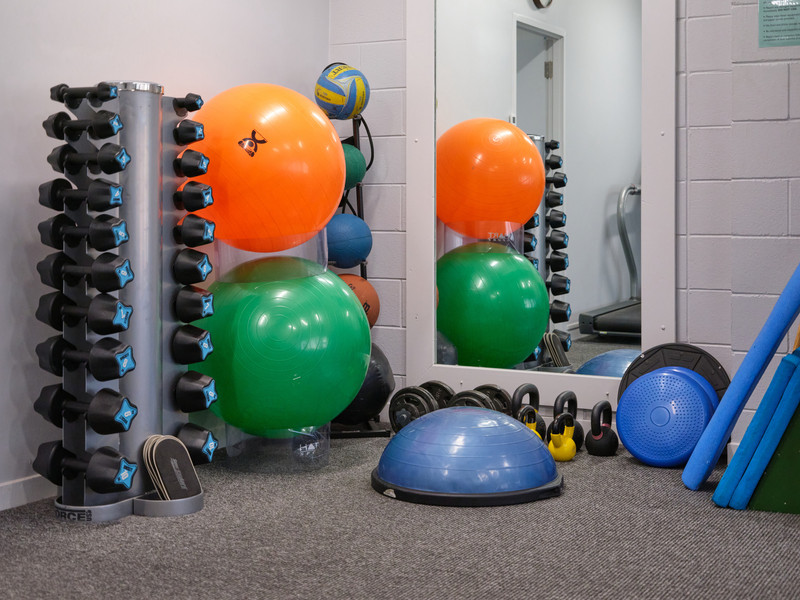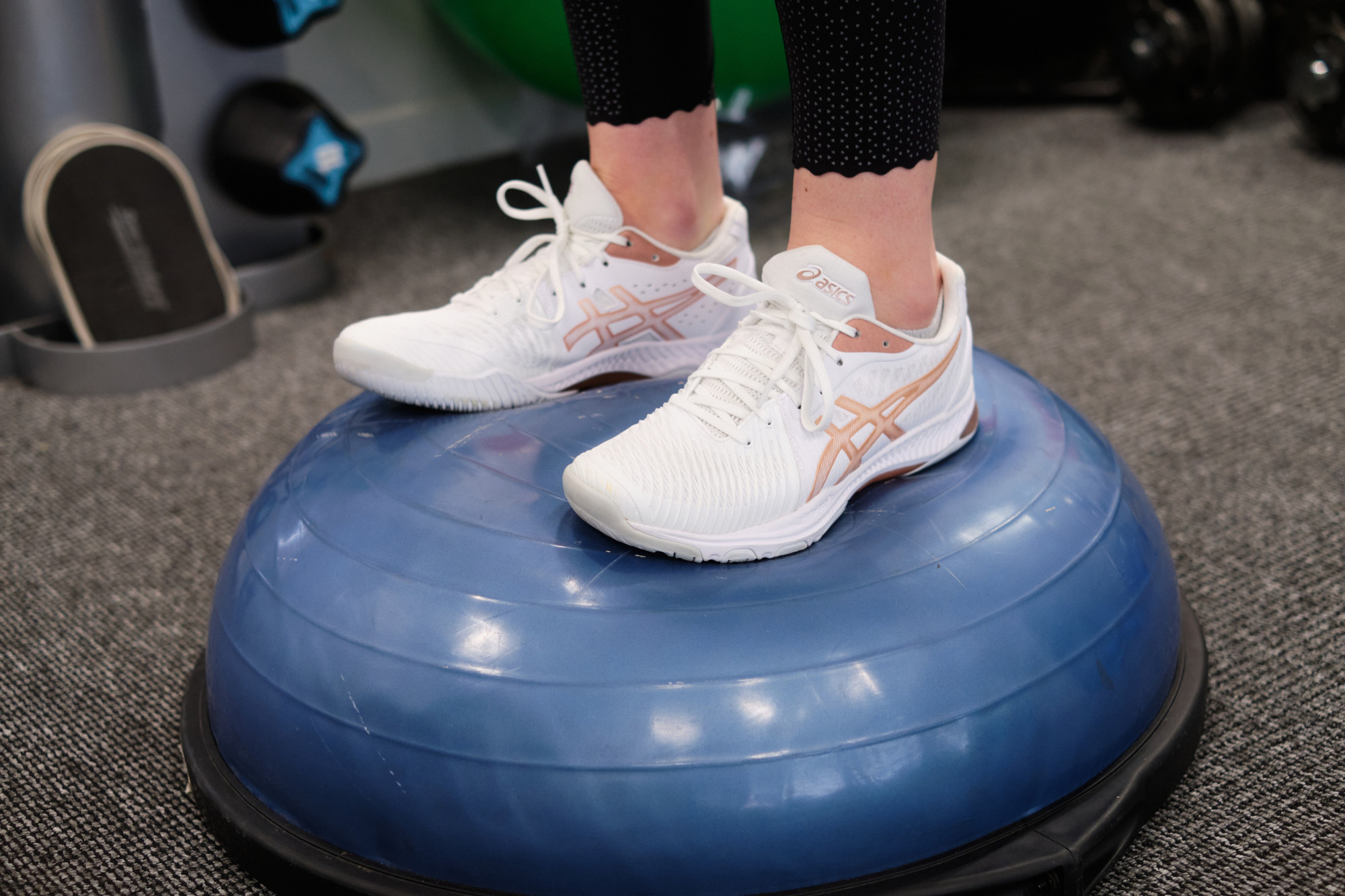Balance & Proprioception
Proprioception is defined as the sense of knowing where a body part is in space at any one time. Because proprioception occurs subconsciously, it is sometimes difficult to grasp the concept until you lose this sense.
Reduced proprioception may cause a loss of balance, or a loss of joint position sense. When soft tissues are damaged by injury, there is a potential for a loss of proprioception as many receptors within the soft tissues provide essential feedback to the brain as to what is happening with a particular body segment. The best way to understand this is if you close your eyes and bend your finger you can tell you are bending your finger without looking at it. However, if you had a loss of proprioception at your finger it would be very difficult for you to tell, with your eyes closed, what your finger was doing.
The most common loss of proprioception after injury is seen with an ankle sprain. When an ankle ligament is damaged, there is a loss of receptor activity within the ligament. This reduces the proprioception at the ankle joint and a loss of balance is seen upon assessment. It is necessary to retrain this balance to ensure a full functional return to the ankle complex. If this is not achieved, the likelihood of recurring ankle sprains is heightened.
Proprioception Exercises
Proprioceptive and balance exercises can teach your body to control the position of injured joint. A balance or wobble board is commonly used after an ankle sprain to help restore proprioception to the ankle complex. Your body has to quickly react to the unstable motion of the wobble board, this in turn retrains the proprioception feedback circle within your body. In simple terms your brain sends faster messages to your muscles as a result of this increased input, therefore, increasing your balance ability.
There are many exercises you can do to help improve the proprioception of any joint throughout the body. Physiotherapist are trained in how to administer the correct proprioceptive exercise at the most appropriate time in your rehabilitation. Sometimes working a joint too early after injury, can be detrimental to the healing process.



